My favourite painting: John Rutter
John Rutter chooses his favourite painting for Country Life.
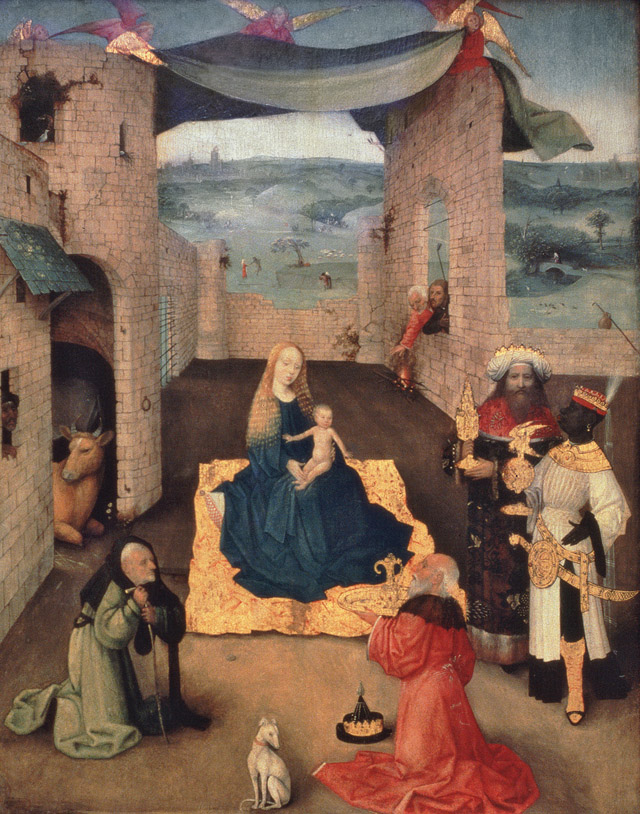

The Adoration of the Magi, 1470–75, by Hieronymus Bosch (about 1450–1516), 28in by 221⁄4in, The Metropolitan Museum of Art, New York. Bridgeman Images.
John Rutter says: 'Just about everything in this lovely Epiphany scene is symbolic. The Madonna and Child are in a ruined castle (God’s kingdom on Earth). In the distance, we see a city (the new Jerusalem), two lovers crossing a bridge and a cross. The two kings on the right have retained their royal headgear and only the aged king kneels in submission, together with the figure presumed to be Joseph. The subtle message is that Mary and Jesus alone hold the keys to God’s kingdom, which they will give to those who are truly humble. It’s nothing like what the Epiphany must have been (look at that rich gold rug under the holy pair), but it combines complex symbolism with simple, serene beauty. I find it touching that, in this picture, Bosch leaves behind his often nightmarish world of demons and monsters, presenting us with a blissful, but many-layered dreamscape.'
John Rutter, composer and conductor, is best known for his choral music. His retrospective album The John Rutter Songbook is newly released.
John McEwen comments: Until recently, this painting was classified school of Bosch. now, the under-drawing, tunnel perspective and ‘rather wooden figures’, with nonetheless ‘sensitively’ rendered faces, conclusively restore it to the canon as among the first of his pictures. The cloth held by angels like a curtain suggests the composition derives from the religious plays that were popular in his hometown of ’s-Hertogenbosch, one of the four principal cities of the duchy of Brabant. Today, the three other Brabantine cities—Brussels, Antwerp and Leuven—are in Belgium, whereas ’s-Hertogenbosch is in Holland.
The city from which Bosch takes his name was a thriving commercial centre, noted not least for its cloth industry, with trade connections as far south as Italy. It had no university or bishopric, but many convents and monasteries. Of special importance was a Dutch brotherhood, the Devotio Moderna, who exemplified the Imitation of Christ, the devotional treatise attributed to thomas a Kempis. the moral authority of the medieval Church, soon to be challenged by the Protestant Reformation, still prevailed. Even 10 years after Bosch’s death, 5% of the city’s population was in religious orders, the highest proportion recorded in the Low Countries.
Biographical details of Bosch’s life are confined to a few records. He married an heiress older than himself, but there is no evidence that he ever left ’s-Hertogenbosch. In 1486–87, he is listed as a member of the Brotherhood of Our Lady, one of many to venerate the Virgin. The fantastic allegories for which he is famous lie ahead.
This article was originally published in Country Life, December 17, 2014
Sign up for the Country Life Newsletter
Exquisite houses, the beauty of Nature, and how to get the most from your life, straight to your inbox.
More from the My Favourite Painting Series
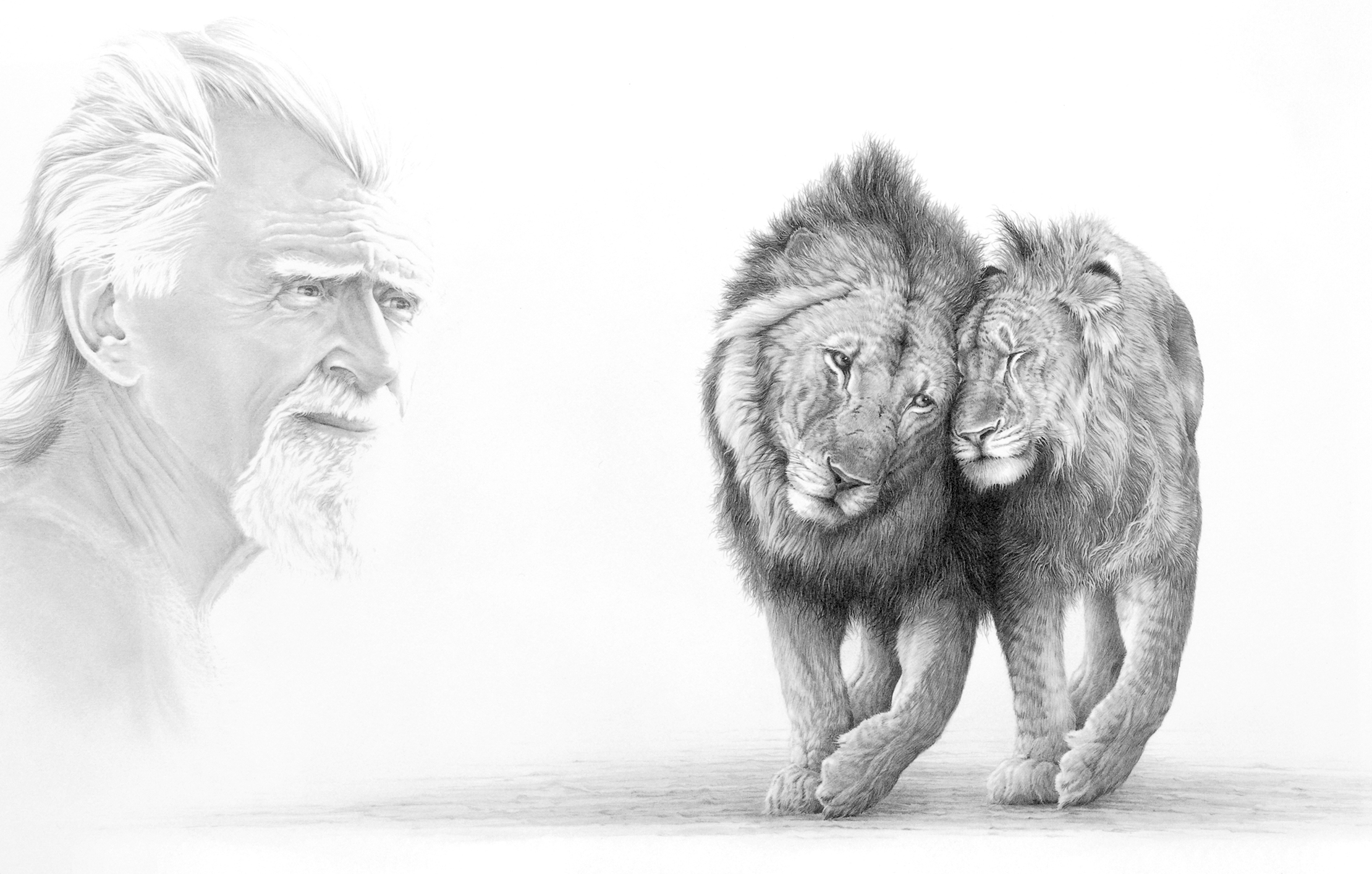
My favourite painting: Virginia McKenna
Virginia McKenna chooses her favourite painting for Country Life.
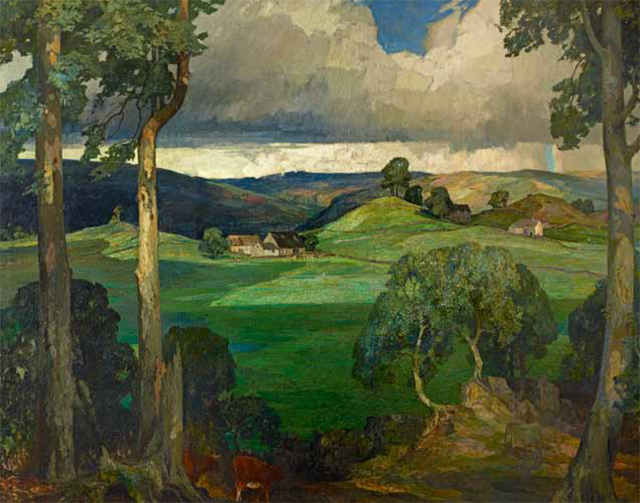
My Favourite Painting: HRH The Prince of Wales
HRH The Prince of Wales chooses his favourite painting for Country Life.
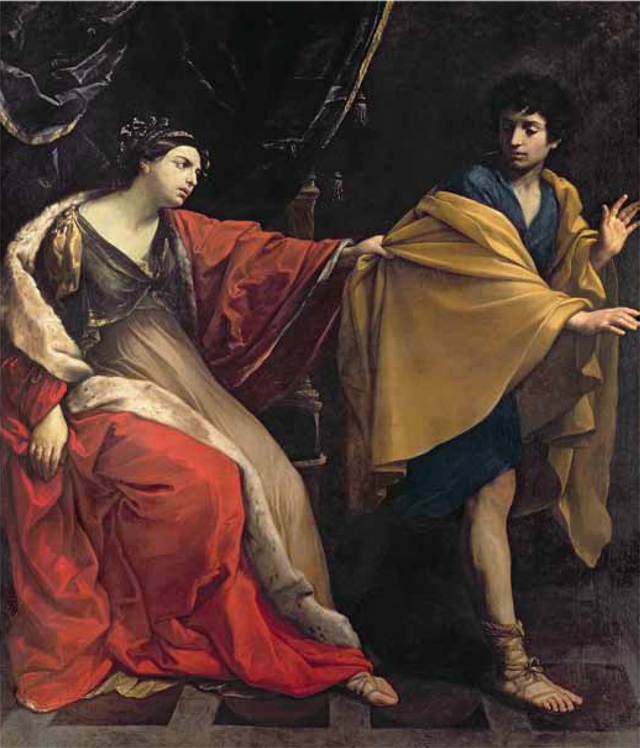
My Favourite Painting: Earl of Leicester
The Earl of Leicester chooses his favourite painting for Country Life.
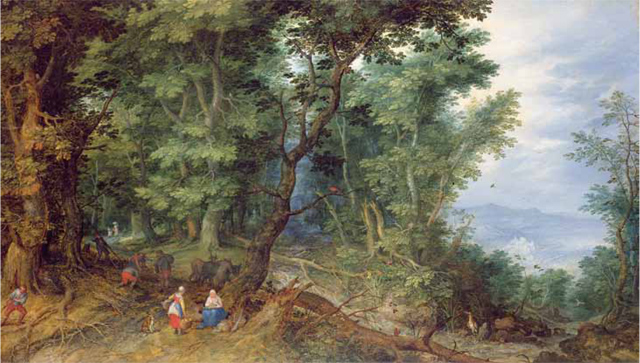
My Favourite Painting: Adrian Lester
Adrian Lester chooses his favourite painting for Country Life.
Country Life is unlike any other magazine: the only glossy weekly on the newsstand and the only magazine that has been guest-edited by HRH The King not once, but twice. It is a celebration of modern rural life and all its diverse joys and pleasures — that was first published in Queen Victoria's Diamond Jubilee year. Our eclectic mixture of witty and informative content — from the most up-to-date property news and commentary and a coveted glimpse inside some of the UK's best houses and gardens, to gardening, the arts and interior design, written by experts in their field — still cannot be found in print or online, anywhere else.
-
 Designer's Room: A solid oak French kitchen that's been cleverly engineered to last
Designer's Room: A solid oak French kitchen that's been cleverly engineered to lastKitchen and joinery specialist Artichoke had several clever tricks to deal with the fact that natural wood expands and contracts.
By Amelia Thorpe
-
 Chocolate eggs, bunnies and the Resurrection: Country Life Quiz of the Day, April 18, 2025
Chocolate eggs, bunnies and the Resurrection: Country Life Quiz of the Day, April 18, 2025Friday's quiz is an Easter special.
By James Fisher
-
 My favourite painting: Allan Mallinson
My favourite painting: Allan MallinsonMilitary historian Allan Mallinson picks an image of 'faith, generosity and ultimate sacrifice'.
By Charlotte Mullins
-
 My Favourite Painting: Piet Oudolf
My Favourite Painting: Piet Oudolf'One cannot sense whether he is far out on the ocean or closer to shore, or what he may be watching or feeling in that moment as he stares towards the beach.’
By Country Life
-
 My Favourite Painting: Mary Plazas
My Favourite Painting: Mary Plazas'There is compassion, awe, humility, a knowing yet a questioning in the glistening eyes. It moves me, it inspires me beyond the need to know.’
By Country Life
-
 My favourite painting: Robert Kime
My favourite painting: Robert KimeRobert Kime shares his fondness for New Year Snow by Ravilious
By Country Life
-
 My Favourite Painting: Anna Pavord
My Favourite Painting: Anna PavordAnna Pavord chooses a picture which reminds her of where she grew up
By Country Life
-
 My favourite painting: The Duchess of Wellington
My favourite painting: The Duchess of WellingtonThe Duchess of Wellington chooses her favourite painting for Country Life.
By Country Life
-
 My favourite painting: Maureen Lipman
My favourite painting: Maureen LipmanMaureen Lipman chooses her favourite painting for Country Life.
By Country Life
-
 My favourite painting: Jacqueline Wilson
My favourite painting: Jacqueline Wilson'I looked at this painting and decided to write about a Victorian circus girl one day'
By Country Life